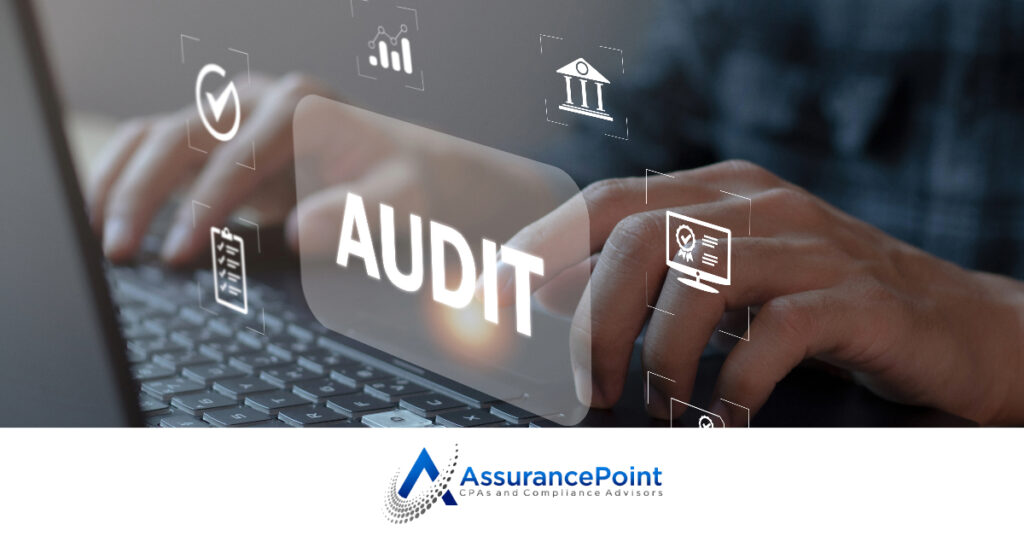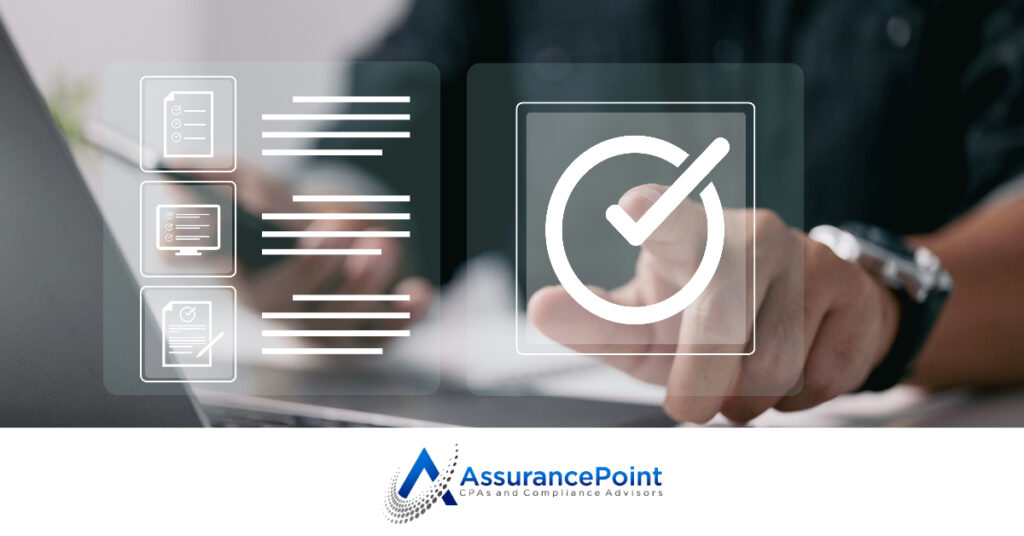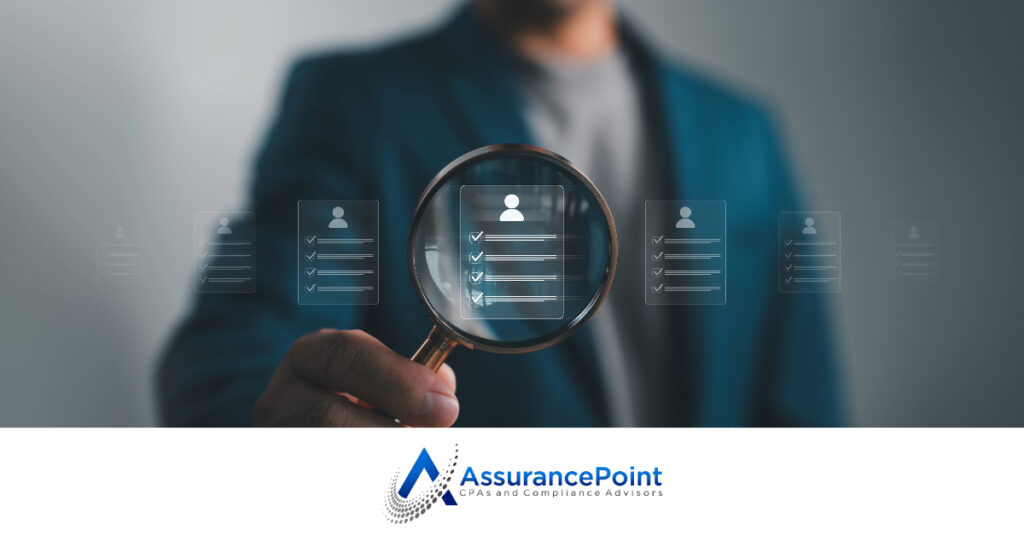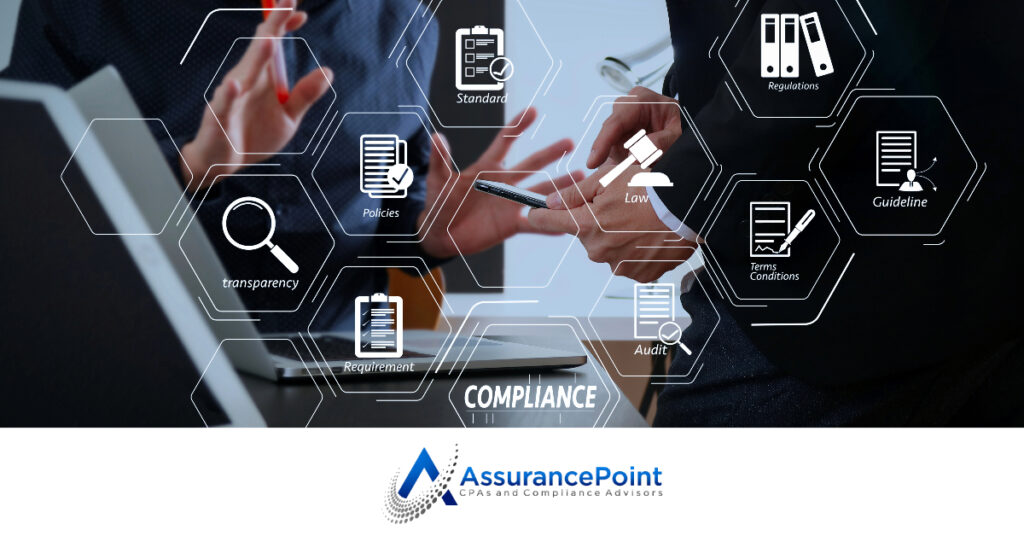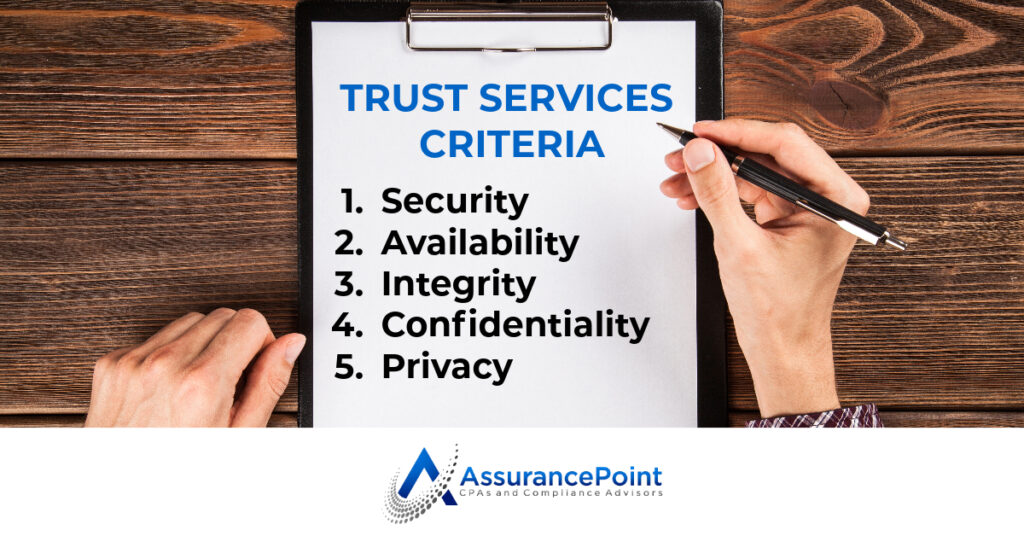Have you received requests from customers or prospective customers for your most recent information security compliance report? If you haven’t yet, it’s likely that such requests are on the horizon. Two of the most prominent frameworks for ensuring information security are ISO 27001 and SOC 2. While both standards aim to enhance security practices, they cater to different needs and industries. There are many key differences, benefits, and implementation strategies of ISO 27001 and SOC 2, which will be described below to help you determine which framework is best suited for your organization.
Understanding ISO 27001
ISO 27001 is an international standard for Information Security Management Systems (ISMS), published by the International Organization for Standardization (ISO) and the International Electrotechnical Commission (IEC). It specifies the requirements for establishing, implementing, maintaining, and continually improving an ISMS and provides an approach to managing sensitive company information, ensuring its confidentiality, integrity, and availability. It includes people, processes, and IT systems by applying a risk management process.
Key Features of ISO 27001
1. Comprehensive Scope: ISO 27001 covers a broad spectrum of security controls (Annex A), addressing physical, technical, and administrative safeguards.
2. Risk Management: Emphasizes identifying and managing risks associated with information security.
3. Certification: Organizations undergo an independent audit to achieve certification, demonstrating their compliance with the standard.
4. Continuous: Requires regular reviews and updates to the ISMS, promoting ongoing improvement in security practices.
Benefits of ISO 27001
- Enhances organizational resilience against cyber threats.
- Boosts customer and stakeholder confidence.
- Helps comply with legal and regulatory requirements.
- Provides a competitive advantage by demonstrating a commitment to information security.
Understanding SOC 2:
SOC 2 (System and Organization Controls 2) is a framework developed by the American Institute of CPAs (AICPA). It is specifically designed for service organizations to manage customer data based on the “Trust Service Criteria” which are organized into five categories: security, availability, processing integrity, confidentiality, and privacy.
Key Features of SOC 2
1. Focus on Service Providers: Tailored for organizations that handle customer data, particularly in the tech and cloud computing industries.
2. Trust Service Criteria: Leveraged to evaluate controls in place to achieve the organization’s commitments associated with the five categories.
3. Type 1 and Type 2 Reports: SOC 2 audits can be Type 1 (point-in-time) or Type 2 (over a period), with Type 2 providing a more comprehensive assessment of controls including an evaluation over their operational effectiveness.
4. Customizable Controls: Organizations can tailor controls to fit their specific needs and the expectations of their customers.
Benefits of SOC 2:
- Builds trust with clients by demonstrating the measures in place to achieve the organizations security, availability, processing integrity, confidentiality, and/or privacy commitments.
- Supports business growth by meeting customer and regulatory expectations.
- Provides detailed insights into the operational effectiveness of security controls.
- Enhances reputation and credibility in the marketplace.
Key Differences Between ISO 27001 and SOC 2
1. Purpose and Scope:
- ISO 27001: Broad, applicable to any organization, and focuses on comprehensive risk management and information security.
- SOC 2: Specific to service organizations, emphasizing the achievement of their own commitments.
2. Certification vs. Attestation:
- ISO 27001: Involves an independent certification process, resulting in a formal certificate.
- SOC 2: Results in an attestation report, which is a professional opinion provided by a licensed CPA.
3. Global vs. Regional:
- ISO 27001: Recognized internationally.
- SOC 2: Primarily recognized in North America but gaining acceptance globally.
4. Implementation Approach:
- ISO 27001: Requires the establishment of an ISMS, continuous risk management, and regular audits.
- SOC 2: Focuses on evaluating and reporting on specific controls over a defined period (for Type 2 reports).
Choosing the Right Framework
Deciding between ISO 27001 and SOC 2 depends on several factors, including your industry, client expectations, and geographical reach. Here are some considerations to help guide your decision:
- Industry Requirements: If your industry or clients demand a specific standard, that requirement should take precedence.
- Geographical Reach: For organizations operating globally, ISO 27001’s international recognition might be more beneficial.
- Client Expectations: If your clients are primarily in North America, SOC 2 might be more relevant.
- Comprehensive vs. Specific Controls: ISO 27001’s comprehensive risk management approach is ideal for organizations seeking an all-encompassing security framework, while SOC 2’s tailored controls may suit service organizations better.
Benefits
You don’t have to choose! While ISO 27001 and SOC 2 serve different purposes, they complement each other well. Implementing both can provide a more robust and comprehensive security posture.
1. Holistic Security Coverage:
- ISO 27001 provides a broad, comprehensive framework for managing information security across the organization.
- SOC 2 adds a focused layer of assurance specific to service providers and cloud environments.
2. Enhanced Trust and Credibility:
- Leveraging both frameworks demonstrates a deep commitment to security and compliance, enhancing trust with clients, partners, and stakeholders.
- ISO 27001’s global recognition and SOC 2’s specific relevance to the service and cloud industry can appeal to a wider range of clients.
3. Streamlined Compliance:
- Implementing both frameworks can streamline the compliance process, making it easier to meet diverse regulatory and client requirements.
- Overlapping areas between ISO 27001 and SOC 2 can be managed more efficiently, reducing duplication of effort.
4. Risk Management and Assurance:
- Both frameworks place an emphasis on risk management.
- ISO’s more granular control objectives can complement SOC 2’s flexible criteria, providing a well-rounded approach to identifying and mitigating risks.
- Regular audits and reviews required by both standards ensure continuous improvement and vigilance.
5. Competitive
- Organizations with both ISO 27001 certifications and SOC 2 reports can differentiate themselves in the marketplace, demonstrating a higher level of security maturity.
- This dual compliance effort can be a powerful marketing tool, attracting security-conscious customers and partners.
Both ISO 27001 and SOC 2 play crucial roles in enhancing information security practices. By understanding the key differences and benefits of each framework, you can make an informed decision that aligns with your organization’s goals and client expectations. By implementing both, organizations can benefit from comprehensive security coverage, enhanced credibility, streamlined compliance, effective risk management, and a competitive edge in the market. Whichever standard you choose (why not both?), prioritizing information security will not only protect your data but also build trust and credibility with your stakeholders.
Written By:

Garrett Wilson
Based in Denver, Colorado, Garrett Wilson is a Senior Manager at AssurancePoint with over a decade of experience in providing comprehensive assurance services to clients across various industries. His expertise spans manufacturing, technology, data centers, financial institutions, healthcare, distribution, oil and gas, data processing, logistics, the public sector, and consumer goods.
Garrett specializes in SOC, HIPAA, NIST, and ISO 27001 reporting, helping organizations maintain compliance and enhance their security posture. His deep understanding of these frameworks enables him to deliver tailored solutions that meet the unique needs of each client.
Garrett holds several esteemed certifications that underscore his proficiency in the field of information security. These include:
• Certified Information Systems Security Professional (CISSP)
• Certified Information Systems Auditor (CISA)
• Certificate of Cloud Security Knowledge (CCSK)
• ISO 27001 Lead Auditor
• Advanced SOC
• AWS Certified Solutions Architect
His commitment to excellence and continuous improvement is reflected in his pursuit of these certifications, ensuring that he stays at the forefront of industry developments and best practices.
At AssurancePoint, Garrett leverages his extensive knowledge and experience to guide clients through complex compliance landscapes, delivering results that build trust and confidence. His proactive approach and dedication to client success make him a valuable asset to any organization seeking to strengthen its information security and compliance frameworks.



